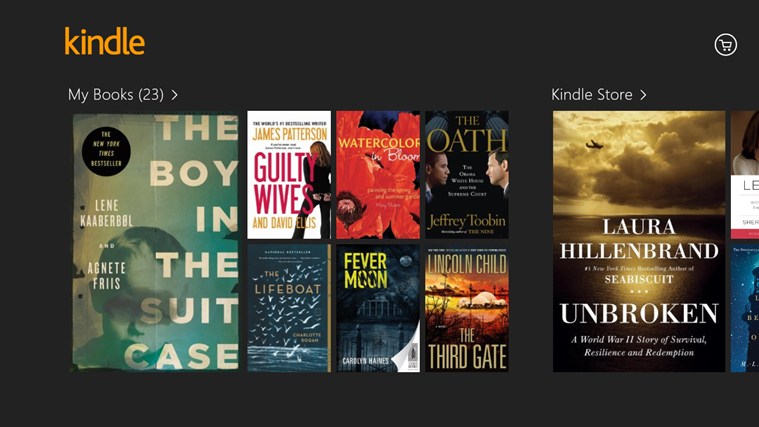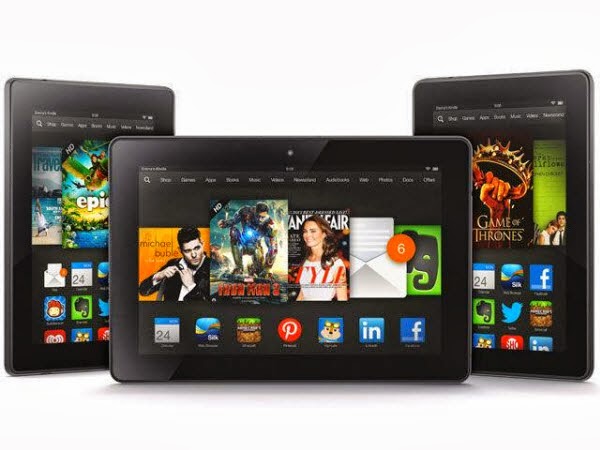

WINDOWS 10 SEND TO KINDLE PDF
I personally prefer MOBI to PDF because the former is more flexible and better for reading.īut most of books we download from torrent sites are often EPUB files.

Make Sure Your Personal Books Are MOBI Format (DRM-free)Īmazon Kindle devices do not support EPUB books, but supports MOBI (DRM-free) and PDF formats.
WINDOWS 10 SEND TO KINDLE HOW TO
This guide will tell you how to transfer books to Kindle eReader, Kindle Fire (HD), Kindle for Android/iPad app from PC or Mac. However, if we want to read non-Amazon books on Kindle or purchased Kindle books do not shown on the device due to a connection problem, we will have to transfer books from computer to Kindle manually. Generally, once a device is registered to an Amazon account, all Kindle books under that account will be synced automatically with Internet connected. So that’s the secret for logging in to your Amazon Kindle account from the Win10 Kindle app.People can read Amazon Kindle books on Kindle eReaders, Kindle Fire tablets as well as other smart devices with Kindle apps installed. Once you do that, lo and behold, it works and I’m logged in!
WINDOWS 10 SEND TO KINDLE WINDOWS 10
So if your password was “BigDog1” (not a great password) then you’d use “BigDog1812994” as the password to log in to the Kindle app on your Windows 10 tablet. As I said earlier, the key is to append the secret code to the end of your password. Please try again.” you’re also getting the secret one-time numeric code sent to your smartphone! In fact, here’s what showed up on my iPhone screen:Īh, now we can proceed.

What’s important to know, however, is that simultaneous to you getting the error message “There was a problem with your E-Mail / Password combination. Instead of it going to a second screen and saying “code sent, enter here”, however, it just shows a failure message: I’m logging in myself…Ī click on the bright orange “Sign In” button and it should proceed to the send a secret verification code phase, right? This produces a login screen, nothing exceptional here. Since you already have an Amazon account, you want to sign in, accomplished by tapping on the “ Sign In” button on the lower left. In any case, tap on it to launch the Kindle app and it shows a generic startup window: Okay, so “nemesis” might be a bit strong! Weird.įirst off, your nemesis, the Kindle app for Windows: Google has you create temporary passwords on a per-app basis, but what Amazon does with the Kindle app is rather unique: you actually append the code sent to the end of your password to log in to the Amazon system within the Kindle app itself. Unless the app doesn’t support the greater security, in which case you’re somewhat left in the cold.ĭifferent companies deal with this situation differently. You log in regularly with your account and password (the “what you know” part), then the server sends a 4-6 digit one-time code to your cellphone (the “what you have” part) that you then also enter on a secondary screen to prove you’re the real user. The idea of 2-step verification is certainly easy, moving your security to a “what you know” and “what you have” status. Amazon isn’t the first company to offer the improved security of 2-step verification in a way that results in all of its apps to then have to be updated rather significantly to support the better user security system.


 0 kommentar(er)
0 kommentar(er)
